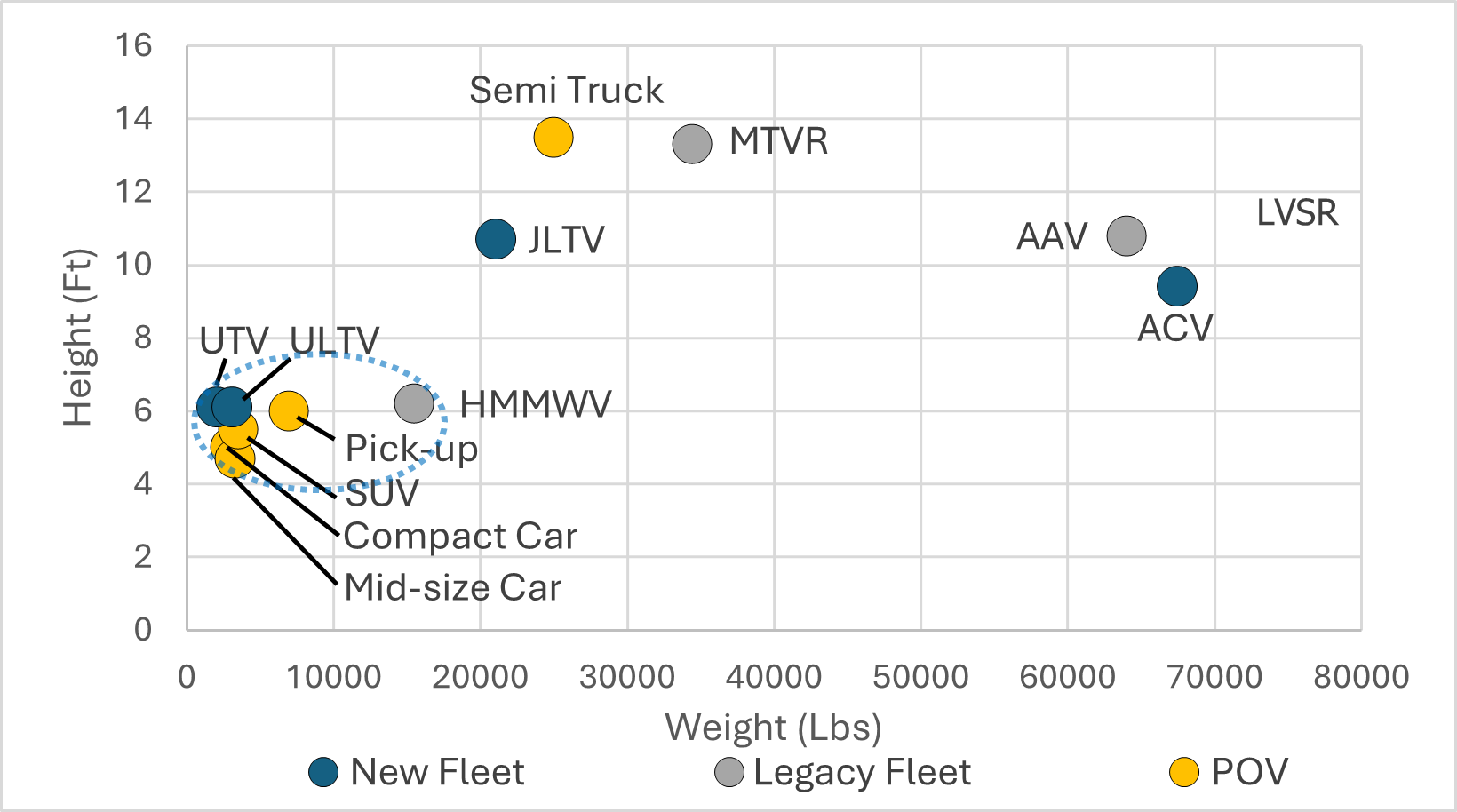
5 minute read
Ground Truth: Tactical Vehicle Mishap Updates
Courtesy of the Commandant of the Marine Corps Safety Division
As the Marine Corps continues to update its fleet of vehicles, leaders must be aware of other challenges in the changing world. The goal most teenagers have of looking forward to turning 16 and getting a driver’s license is less common today than in the past.In fact, a 2020 survey conducted by the AAA Foundation revealed the average amount of driving for teens aged 16-19 dropped by 17% between 2009 and 2018.
This shift is partly due to increased screen time and less outdoor activity (AAA Foundation for Traffic Safety, 2020). There are several reasons and speculations on why earning a driver’s license has declined, from the increased cost of vehicles, price of insurance, to more transportation alternatives and digital access to friend groups.
State-imposed restrictions on full licensure for teen drivers are less obvious but equally significant. Only four states still issue a full unrestricted license at age 16. One-third of states don’t issue a full unrestricted license until age 18.
Many states have introduced Graduated Driver Licensing (GDL) programs placing restrictions on teens’ driving privileges until they gain more experience. The GDL laws were designed to improve safety by reducing the risk of crashes among inexperienced drivers; they have also delayed the transition to full licensure.
These laws typically limit driving hours, restrict the number of passengers and impose a nighttime driving curfew. According to the Insurance Institute for Highway Safety, these restrictions are shown to reduce teen crash rates by as much as 20%. However, they also mean teens drive less during crucial developmental years, resulting in fewer opportunities to gain experience.

Young Marines who are joining do not have the same driving experiences as their leaders when they were teens.
The well-intentioned GDL programs states have adopted to save teen lives are giving the Marine Corps less experienced drivers and when this less experienced driver is put behind the wheel of a tactical vehicle, there are serious gaps.

The new vehicles’ height, weight and centers of gravity are categorically different from those of the past (see Table 1).
As the new vehicles are transitioned into the fleet, there is also an institutional knowledge and experience gap. If the lance corporal of today is driving one of the new vehicles, how long until he is a master gunnery sergeant who grew up in the fleet with these new vehicles?
There is a hidden risk if the institution treats these new vehicles like the old ones. There is still plenty of time to
Table 3 mature the systems and develop best practices.

Class A mishaps have stayed consistent since 2019 (see Table 2), however tactical vehicle mishaps Class A-D are increasing (see Table 3)
Rollovers are still the number one cause of tactical vehicle fatalities, (see Table 4).

Although not all rollovers are fatal, each rollover is considered a near-fatality miss (see Table 5), and rollovers are increasing (see Table 6)


Of note, the Amphibious Combat Vehicle (ACV) is the only ground vehicle capable of a non-fatal Class A mishap because the total cost of the vehicle breaks the $2.5 million threshold to qualify as a Class A mishap. This may lead to unintentional scrutiny of the ACV.
Of note, in the aviation community, assault support mishaps can lead to more fatalities because the aircraft is a troop transport. This is not true with the Medium Tactical Vehicle Replacement (MTVR).
After reviewing the 20 MTVR rollovers, there were several common factors. Most of these rollovers happened when troops were not in the back. Most MTVR rollovers also occurred in smaller vehicle movements. Lastly, speed was the leading cause of the rollover.
Speculation is that the logistics community deliberately plans large convoy movements, especially troop movements. Hence, the fatality rate for rollovers in an MTVR is relatively low. However, rollovers occur in smaller movements, so convoy briefs may not have occurred and drivers were traveling too fast for the terrain. Leaders are encouraged to be engaged, especially with smaller convoy movements, to prevent future rollovers.
Lastly, the Marine Corps is making a few efforts to address the challenges of Marines with less driving experience driving more complex, higher centerof-gravity vehicles. To support these transition efforts, the Marine Corps continues to explore simulators, build a Combat Vehicle Operating Training Range in California at Camp Pendleton and improve how licensing and driver training currency are tracked.
Leadership needs to be engaged and involved as the transition of vehicles occurs and the Marines joining the service today have a different level of driving experience than the generation before.










